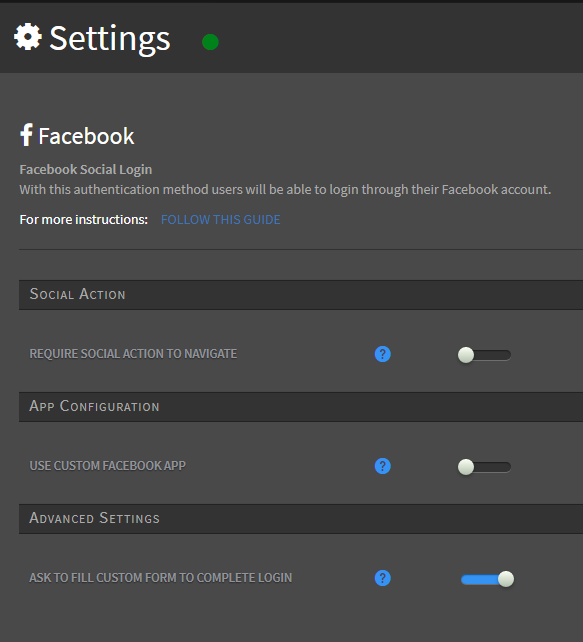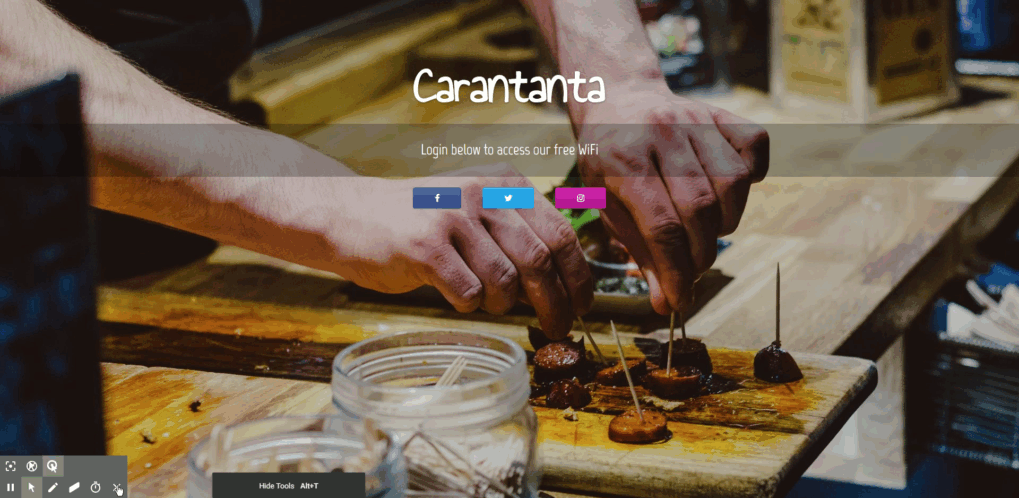
Tanaza has developed a feature to help WiFi network administrators collect additional custom WiFi user data in addition to the data already collected with authentication methods like social login, like Facebook, Twitter, Instagram, etc.
Once collected, this data can easily be leveraged to execute in-target marketing campaigns, such as email marketing.
Why is it important to collect WiFi user data
Once a user logs into a network using a popular authentication method like social login, the system collects personalized data about the WiFi user, like their gender, age, name, surname, email address, location to name a few. However, since social media platforms have adopted strict policies for user data protection, users can now customize their profiles’ visibility and can choose to keep private the personal information on their social media profiles.
As a result, Tanaza has combined two existing authentication methods to compensate for the lack of data provided by having just one. This latest update known as pre-filled form-based authentication provides a system that allows network administrators to request additional information about their WiFi users by enabling custom form authentication after social login that users must fill in before connecting to the WiFi network.
How to implement this feature in a public WiFi network

To collect more specific data about WiFi users, aside from the one collected with initial authentication method (i.e. social login), WiFi network administrator can simply enable custom form authentication, which consists on asking the users to fill in a custom form to complete the login, as seen on the image below of the Tanaza splash page editor’s Advanced Settings for Facebook Social Login.
This pre-filled form-based authentication is a handy captive portal configuration in public networks located in places like retail stores, supermarkets or educational institutes. By requesting a student number or a fidelity card number, the WiFi network administrator can be offer targeted discounts and share information tailored to the user. What is more, this tool can also serve as a verification system in order to identify that the user is a real user, using their personal phone number.
Thanks to the data retrieved from the WiFi user’s social profile (if its privacy setting allows that) and the information collected using the custom form, WiFi professionals can run various types of targeted marketing campaigns.
Check out a short GIF of the login process below:


